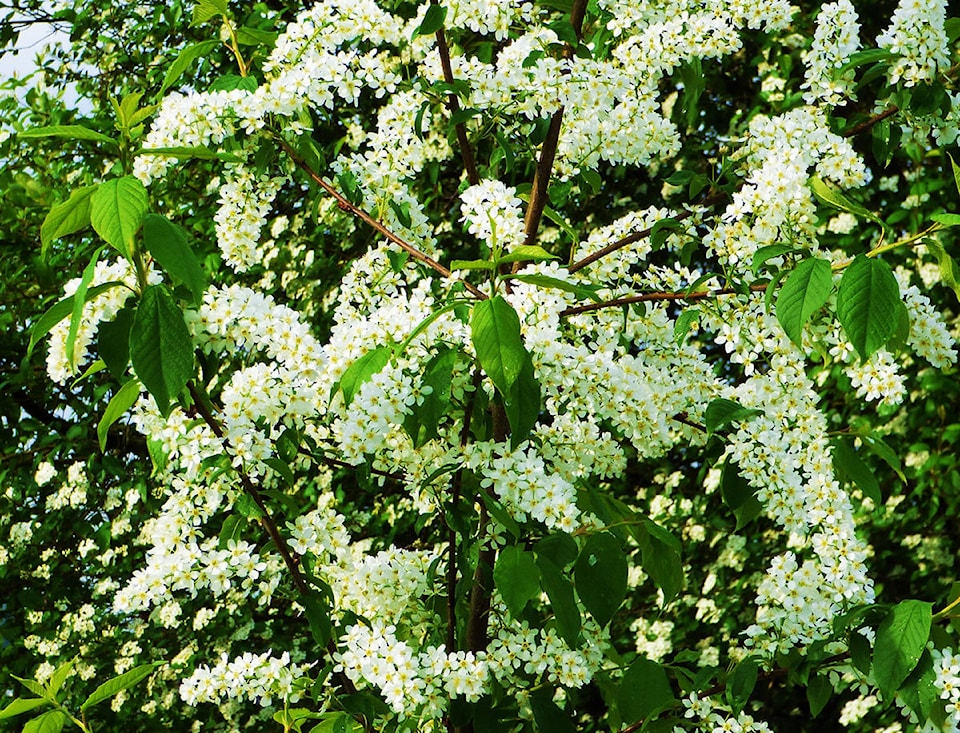Call it a hunch, but I think there are more ex-pats from the Prairies living in British Columbia than currently reside in that often desolate landscape from Alberta to Manitoba.
I served two tours of duty there as an army brat – one on a fenced-in radar station on the Pinetree Line in central Saskatchewan and the other in the slightly more urbane city of Winnipeg.
The things I miss the most include skating outdoors in winter, the fantastic lightning storms and the simple beauty of a golden wheat field at maturity.
Experiences I was glad to leave behind were the sweltering summer nights when sleep was just a wistful dream, the ravenous hordes of mosquitoes and black flies tearing away at my flesh, and the endless shoveling of the driveway during the snowy days of winter.
Still, there is a certain pride at having survived a spartan Prairie life, and with that comes the bragging rights about how much better tasting the food was, be it a juicy beefsteak tomato that thrived in the summer heat or the many wild berries that dot Canada’s plains.
Of these, Saskatoon berries (Amelanchier alnifolia) and chokecherries (Prunus virginiana) reign supreme, with the former making some of the best pies in the world and the latter a jelly that makes my mouth water.
Chokecherry is native across most of southern Canada and northern U.S., making it an important food crop for indigenous peoples, who mixed them with dried game to make pemmican.
The ripe black fruit is quite tasty, but equally astringent, so eating these puckering berries raw was always a standing dare when I was a young boy growing up on the Prairies.
The Gitxsan people’s name for chokecherry, which roughly translates as “makes your mouth and throat so nothing will slip on it,” aptly describes the sensation. This species does contain some degree of natural cyanide, so people with horses or cattle will want to clear these out of pastures, as it can be poisonous to browsing livestock.
Aesthetically, chokecherry would lend itself to planting on forest margins or shelter belts, but given the unpredictable growth habit of these large shrubs to small trees, I don’t think I would try it in an urban setting.
It never occurred to me to look for chokecherries here in the Lower Mainland until I was commuting to work on Old Dewdney Trunk Road a few Aprils ago and started to notice the telltale showy white flower clusters bursting from the roadside bushes, which seemed to prefer a slightly moist habitat.
A few months later, I looked carefully for the grape-like clumps of small black fruits and just one taste told me I had rediscovered my childhood snack.
Harvesting these tiny cherries can be a little time consuming, so it is best to pick them in clusters and finish sorting in the comfort of home. This is definitely not a fresh-eating fruit, but with a little sweetening it makes the best homemade wine, syrup or jelly – a batch of which my wife and I put down last week.
Just one taste of that jelly and I can close my eyes and go back some 40 years. My grandmother is cheering for the Saskatchewan Roughriders (sorry B.C. Lions fans) in front of a huge console television, the smoke from my dad’s blackened barbeque chicken (using charcoal briquettes, of course) is heavy in the air and In the Summertime, by Mungo Jerry, is playing on my tiny transistor radio.
It’s great to be a kid again, at least once in a while.
Mike Lascelle is a local nursery manager and gardening author (hebe_acer@hotmail.com).
